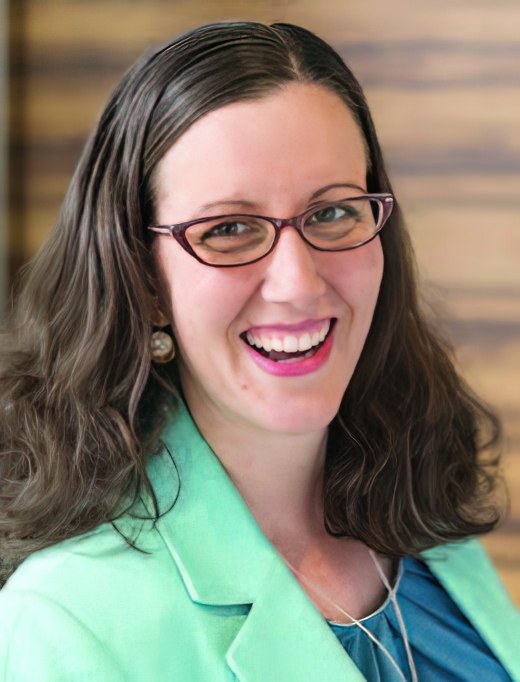SECURE 2.0 continues to be a hot topic as the provisions become effective and we get additional insights and guidance from the regulating agencies. Our focus on SECURE 2.0 continues with a look at SECURE 2.0’s automatic enrollment provisions.
A Brief Refresher
SECURE 2.0 provides that 401(k) and 403(b) plans established after December 29, 2022 must automatically enroll employees who satisfy the plan’s eligibility provisions. Participants must be automatically enrolled at a contribution rate of at least 3% — but no more than 10% — of their pay. Plans must then provide for automatic escalation of the deferral percentage by one percentage point each year, up to at least 10% (and no more than 15%). Employees must be given the opportunity to opt out, of course, and also must be given the ability to withdraw those automatic deferrals in the 90-day period after deferrals begin. Automatic enrollment is required for these new plans beginning with the 2025 plan year. The rule applies only to new plans (i.e., not to plans established before December 29, 2022) and does not apply to: (1) businesses with fewer than 10 employees, (2) businesses that are less than three years old, (3)church plans, and (4) governmental plans.
The New Insights
Notice 2024-02, the IRS’s “SECURE 2.0 Grab Bag” provided new insights into the working of this rule. It provided the following clarifications regarding the automatic enrollment mandate:
- 401(k) Plans are considered “established” when the plan terms providing for 401(k) deferrals are initially adopted — even if the effective date of the 401(k) feature is later. For example, if an employer adopted a new plan on December 1, 2022, with the 401(k) feature effective on January 1, 2023, that plan was “established” before December 29, 2022 and therefore is exempt from the mandate.
- For Section 403(b) plans, on the other hand, a plan is exempt from the automatic enrollment mandate if the plan itself was established before December 29, 2022, regardless of when the deferral feature was added.
- If a plan that is subject to the new automatic enrollment rule merges with a 401(k) plan that is not subject to the new rule, the entire post-merger plan will be subject to the new rule unless certain requirements are met (generally that the merger meet certain requirements and occur shortly after a corporate transaction (merger, acquisition, etc.)).
- Plans that are spun-off from other plans will retain the characteristic of the original plan — meaning that a spin-off will not be treated as a plan established after December 29, 2022 if the original plan was established before that date.
How to Correct Mistakes?
The notice also provided insights regarding how to correct deferral errors for plans with automatic enrollment features. SECURE 2.0 expanded the favorable correction method already available under EPCRS for correcting deferrals in plans with automatic enrollment to permit the 0% QNEC for deferrals to apply for terminated employees as well (recall that 100% of any associated match would still be owed, of course).
The notice provides several clarifications:
- This expansion applies to errors for which the deadline for correction is after 2023 (which generally means it generally is available for errors that occur in 2023 or later).
- Deposit of any missed matching contribution generally must be made by the last day of the 6th month after correct deferrals begin.
Now is a great time to consider…
Consider how automatic enrollment will be implemented and to update procedures for those plans that already use automatic enrollment. We can help you understand and analyze these provisions and how they will impact plan operations.

by Kelsey Mayo
Partner, Poyner Spruill
Kelsey’s practice is focused in the areas of Employee Benefits and Executive Compensation. She works with business owners and HR executives to understand and manage employee benefits and executive compensation arrangements. She routinely represents clients before the Internal Revenue Service, Department of Labor, and Pension Benefit Guarantee Corporation and has extensive experience in virtually all aspects of employee benefit plans and executive compensation arrangements.
